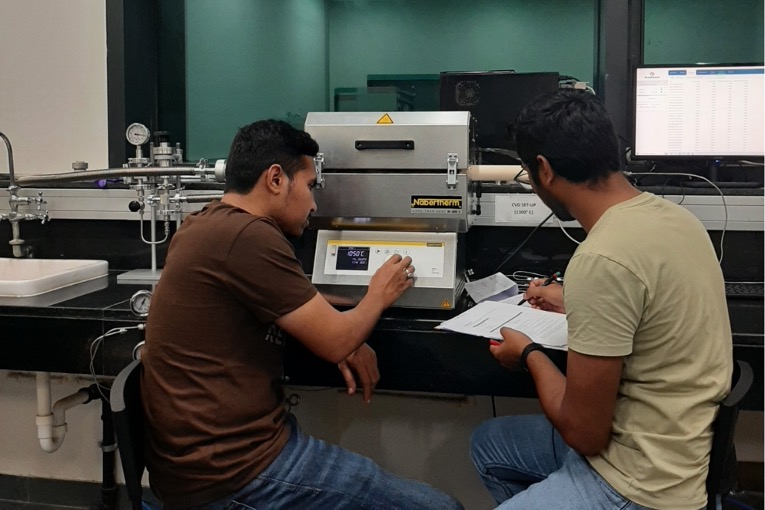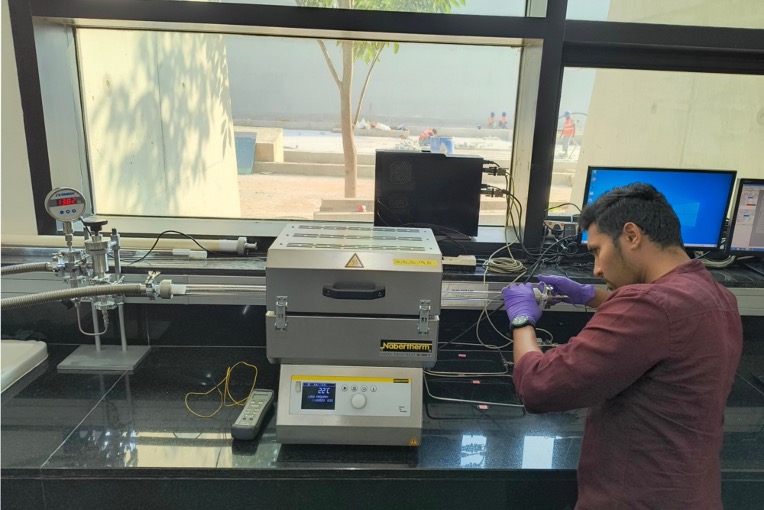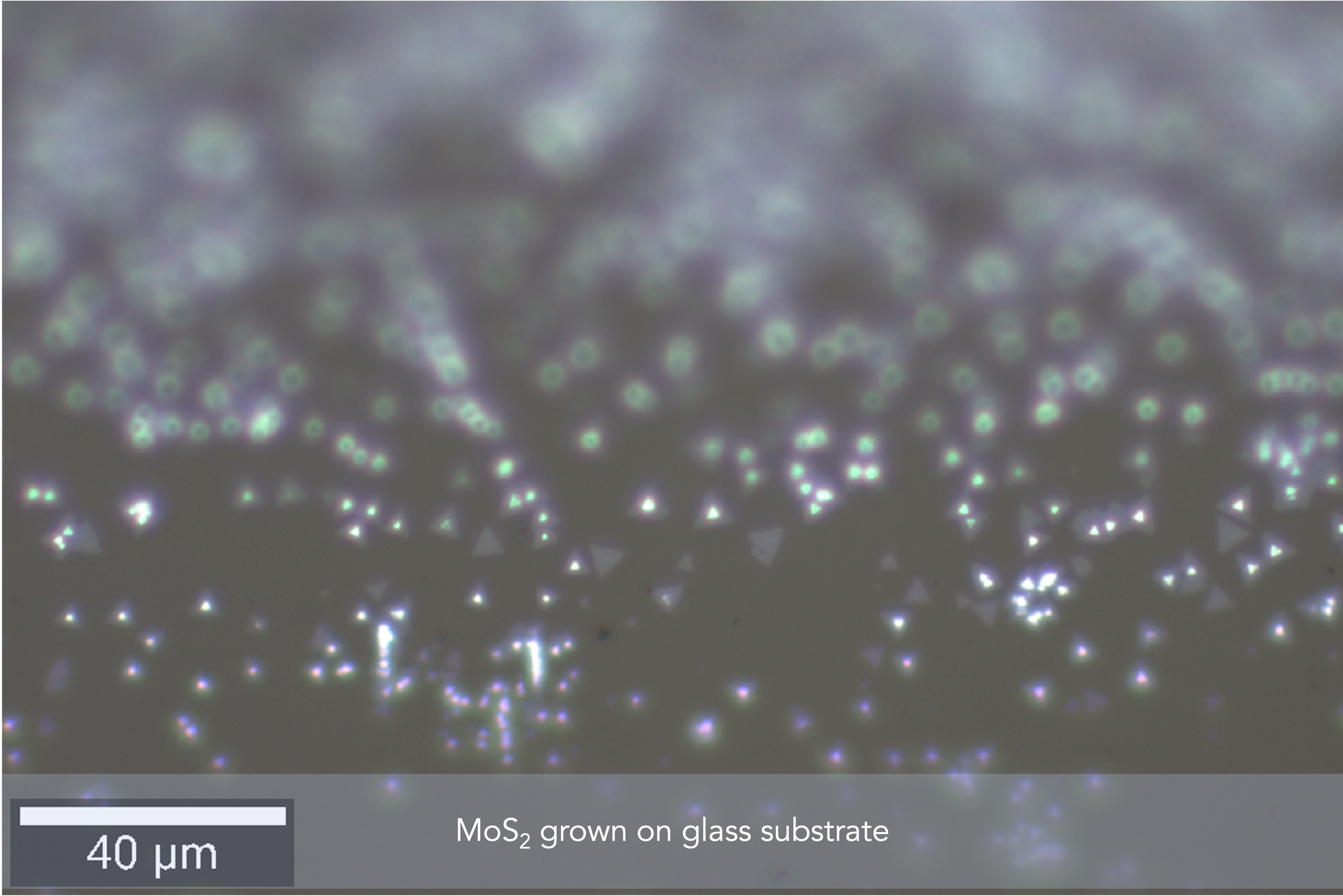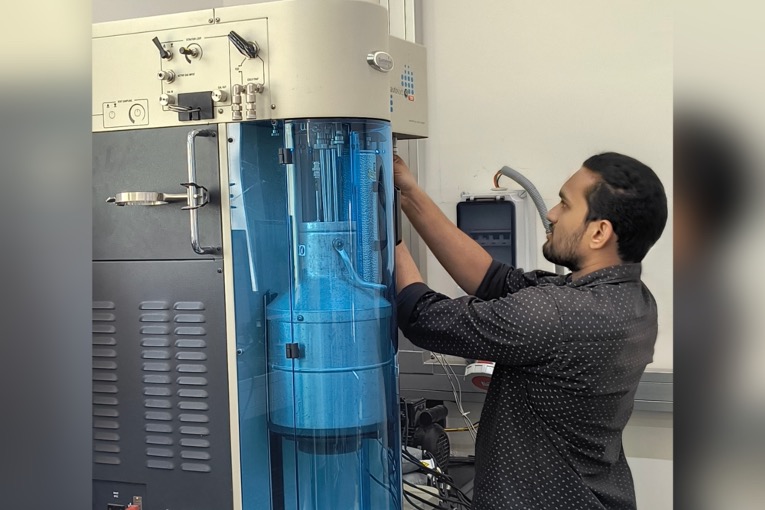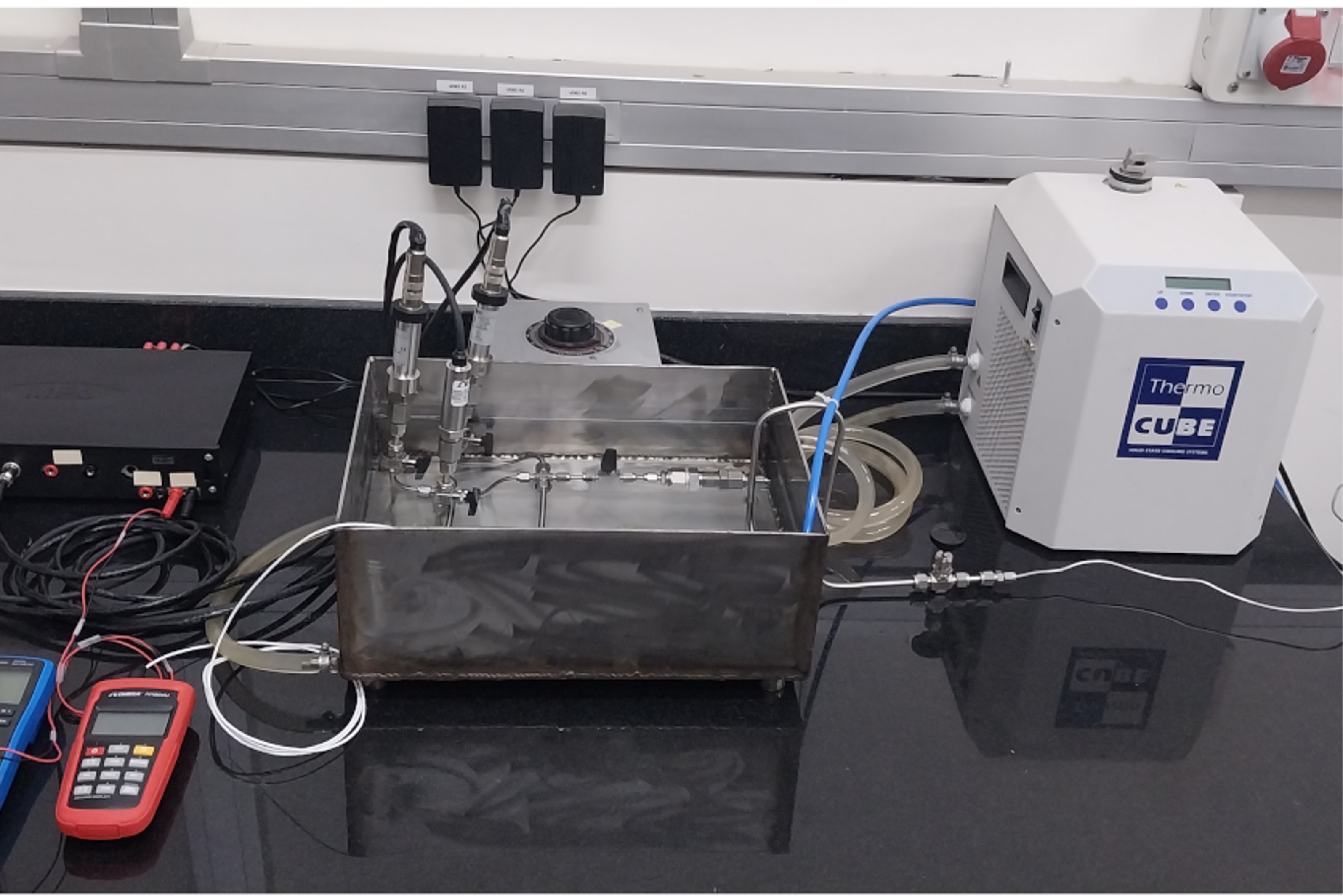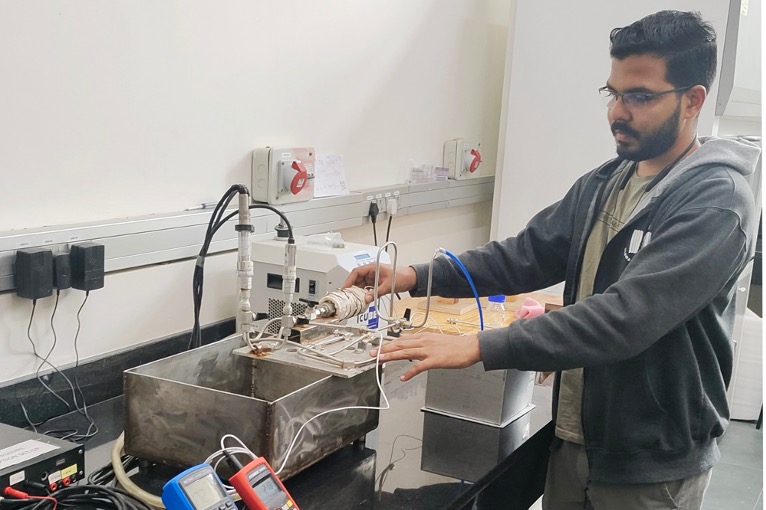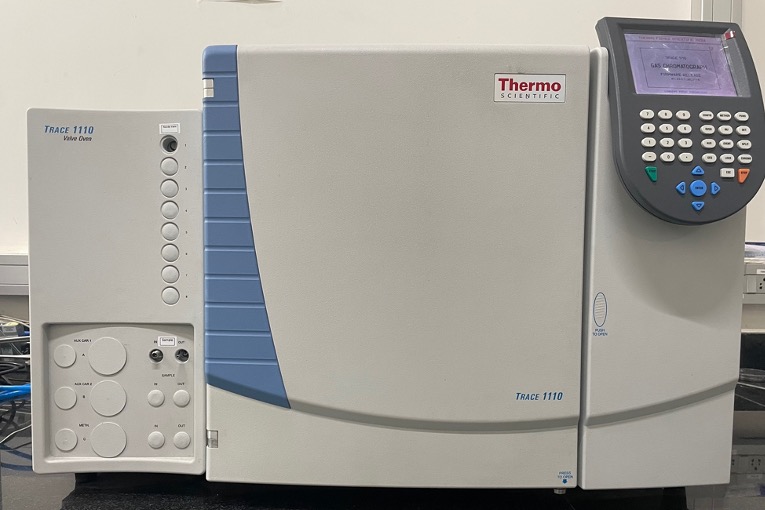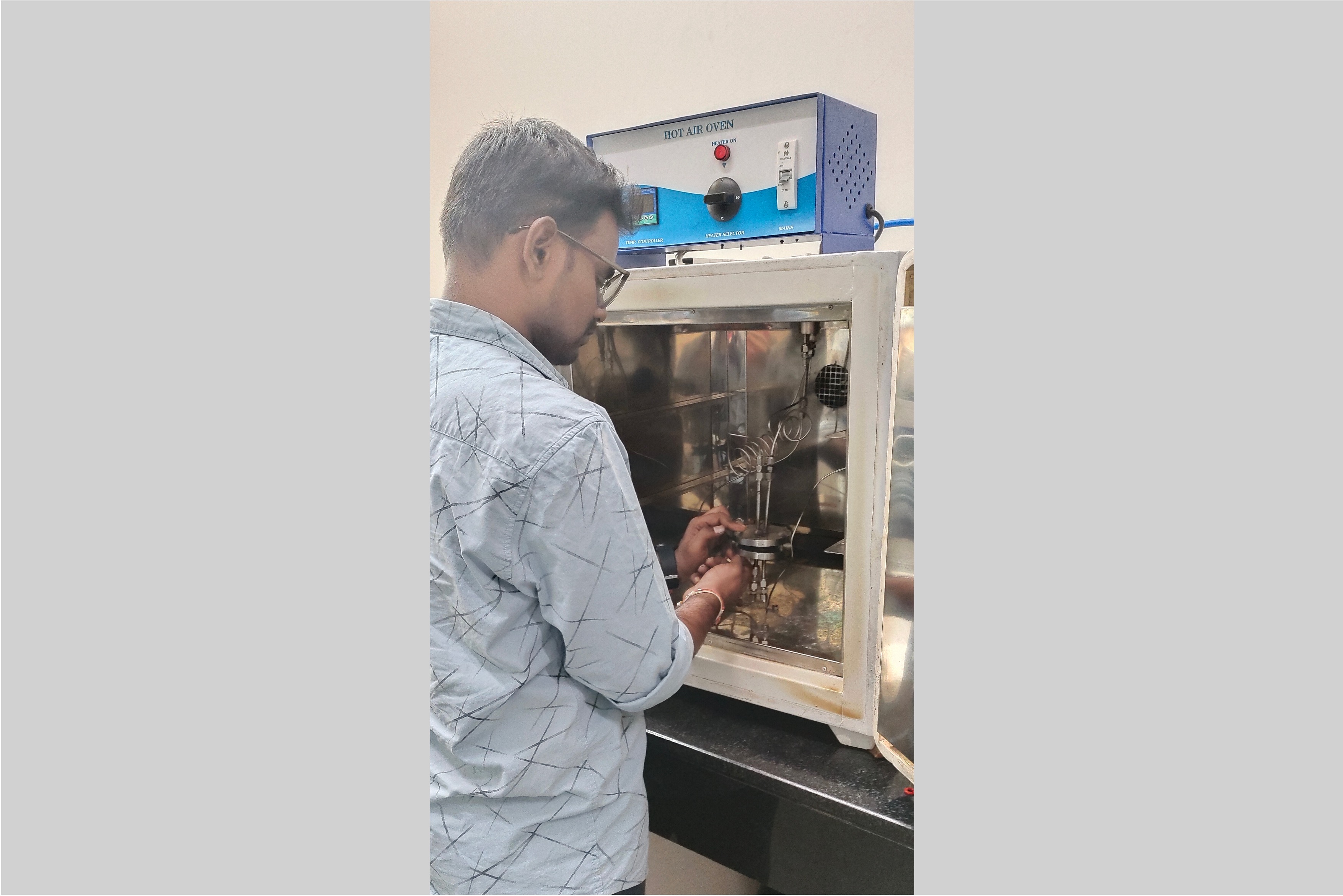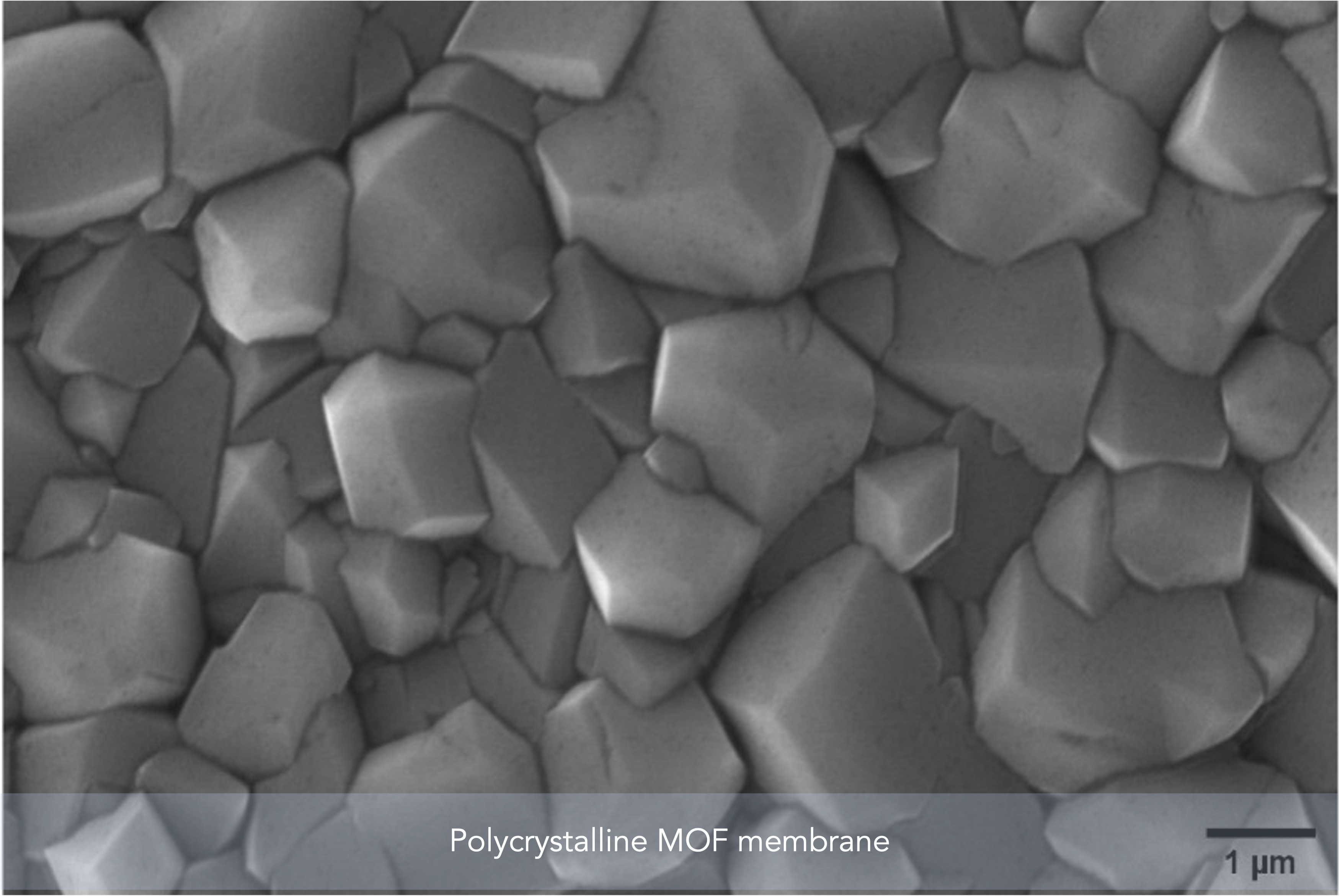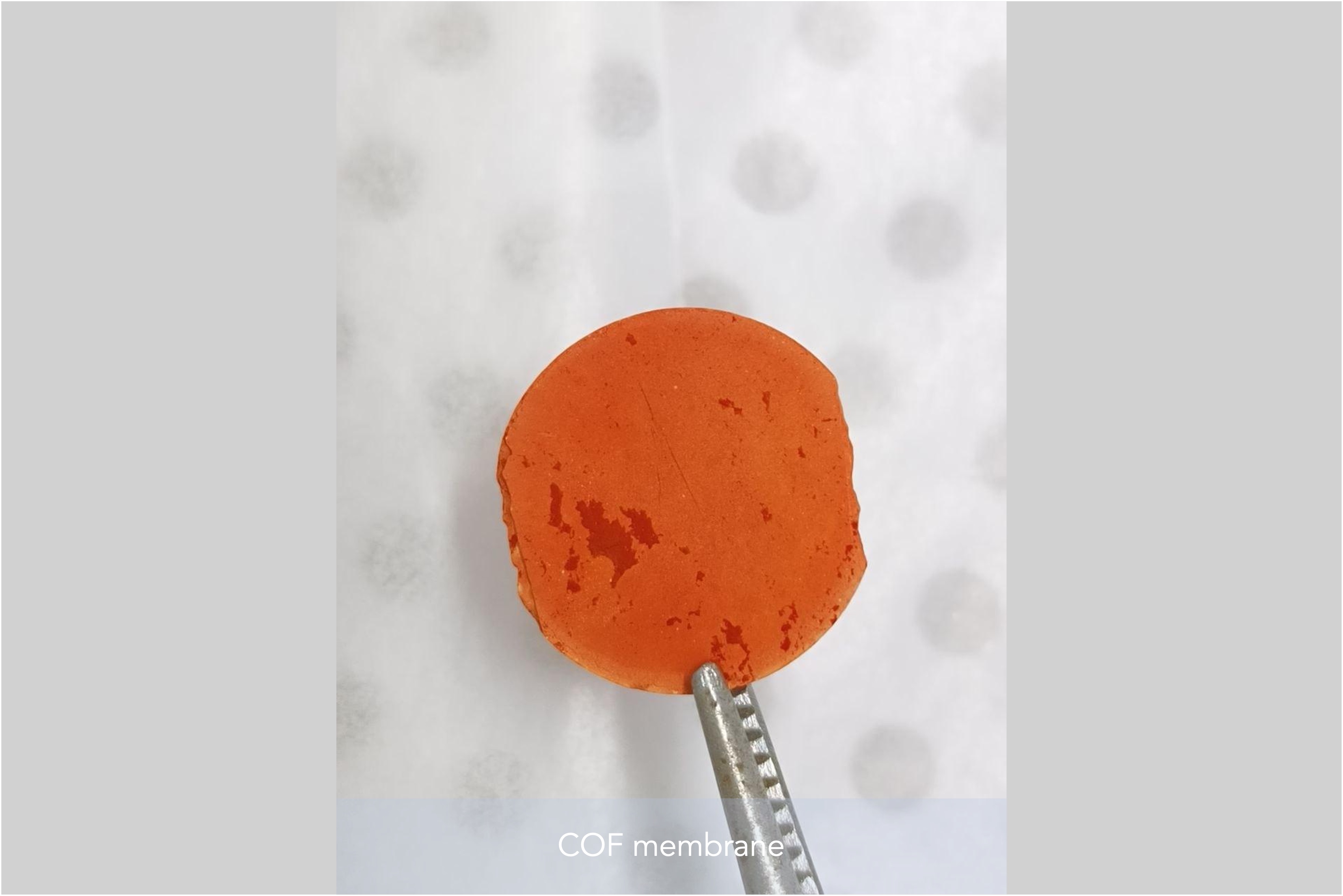Research Facilities
Chemical Vapor Deposition setup
CVD is a versatile technique for the synthesis of thin films. At NPML, we use CVD for the synthesis of various 2D materials. Currently, we have expertise in the synthesis of monolayer and few layered graphene, MoS2 and WS2 on various substrates including glass. The CVD system developed is modular and home-built. Both APCVD and LPCVD facilities are currently available.
Adsorption facilities
Adsorption is an ubiquitous process that happens on all surfaces. Since it is a surface phenomena, nanoporous materials exhibit excellent adsorption characteristics. Gas adsorption studies on porous materials are not only important for characterizing the material in terms of their surface area and pore volume but also helps in determining their suitability for different separation applications. At NPML, commercially available Quantachrome Autosorb is used for physisorption studies up to 1 bar and a home-built high pressure gas adsorption setup is used to measure adsorption isotherms of different gases up to pressure of 30 bar.
Membrane studies
Membrane separation is a versatile and energy efficient technique to separate and purify substances based on differences in size, shape or other physiochemical properties. At NPML, we have designed and built a permeation setup for determining the gas permeation characteristics of membranes for a wide variety of gases (H2, CH4, O2, CO2, N2, C3H6, C3H8) over a range of temperature (30 - 150˚C). The membrane materials studied include polycrystalline MOF membranes, COFs, polymeric membranes and 2D materials.
